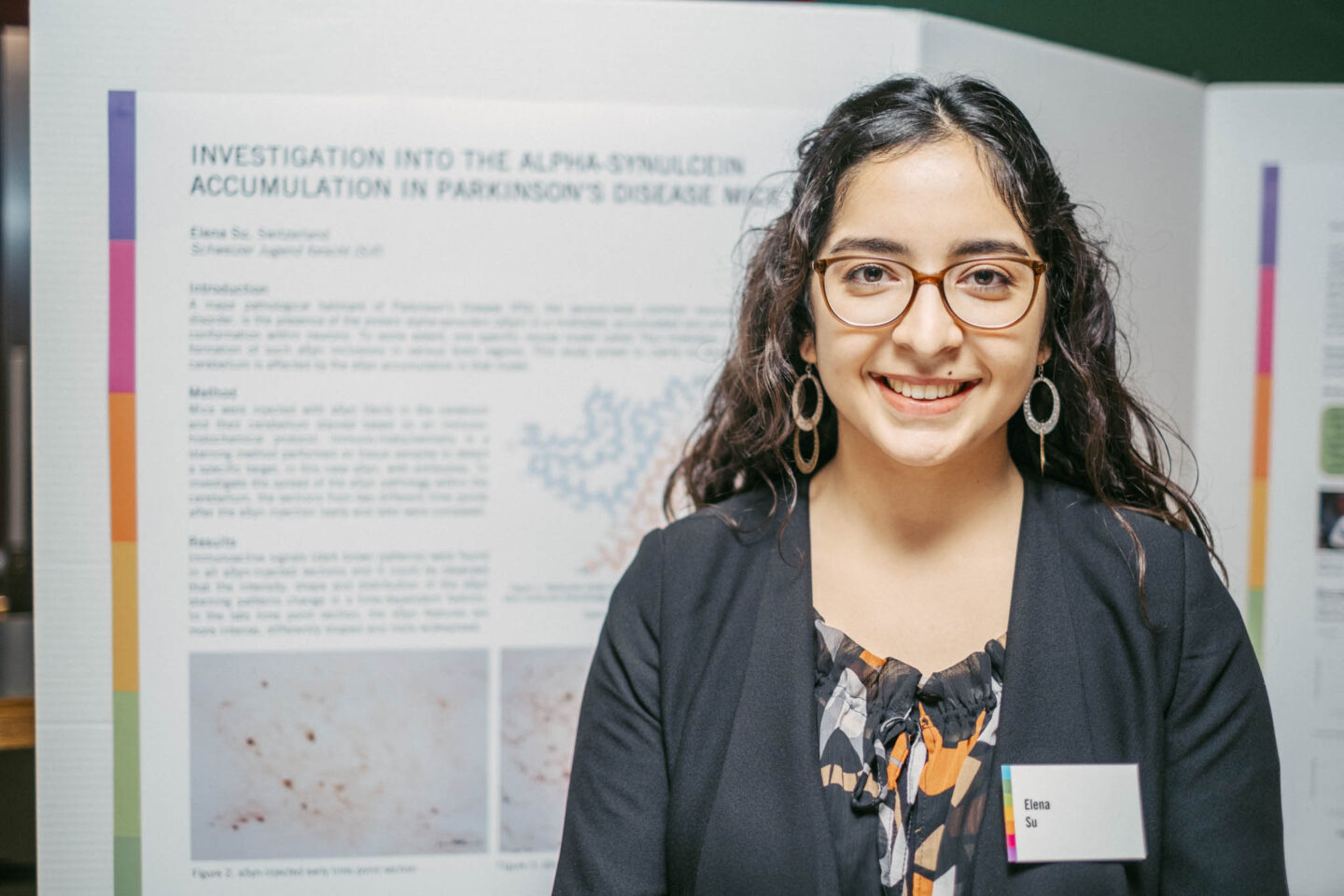Part 1
Read the chosen abstract individually and then discuss it. Then, you will be rearranged in new groups, now composed of students who read different abstracts. Now, briefly present the abstracts they read to the rest of their group members (approx. 30 min.).
Reading comprehension and text structure: abstracts

Genom denna övning ges elever en möjlighet att inspireras till forskning och vetenskap samtidigt som de får öva på läsförståelse och uppbyggdnad av vetenskapliga abstracts. De abstracts som används kommer från deltagarna i Stockholm International Youth Science Seminar.
ELEVHANDLEDNING
Material
Materialet hittar du på elevsidan och längre ner på den här sidan.
- Abstracts sorted by subject so your students can choose one of their interest.
- A pdf with questions for the analysis of the abstracts
Download
Questions for part two
Download the questions for the analysis.
Abstracts
Biology/Biotechnology and Medicine/Biomedicine
Investigating the effects of maternal obesity on fetal cardiovascular function in an ovine model
Influence of the photoperiod on the diapause of P. Machaon
The landscape of on-target & collateral cleavage of various CRISPR-Cas13 orthologs in mammalian cells
Sustainable utilisation of soymilk by-products for probiotic food applications and soil health management
Fishy traits: using deep learning algorithms for non-invasive analysis of complex behaviours
Rainwater collection: an ancestral system in the present
How to make an physiological Biomaterial from spinach leaves
The Relationship Between Tumor-Induced Osteoclastogenesis and Osteoprotegerin
Chemistry
Hydrogen Peroxide-Responsive Small Molecules to Alter Pathological Factors in Alzheimer’s Disease
Engineering
Ultrasonic Communication in Water
The biocarbon future - a holistic approach to new sustainable value chains
Influence of Pumped Hydropower Storage Operations on Biodiversity
Mathematics
Symmetry, Fixed Points and Quantum Billiards
Physics
The Sound of a Drop
A Novel Hadronization Model Explaining Charm-Quark Hadronization in Different Collision Systems Through Yet-Unobserved Excited States and Cluster Volume Dependence
A neural network as a prediction model for the Predictability Time Horizon of the double pendulum
Transient Dynamics of a Retracting Soap Film Bound by a Slinky Spring
Recursive Method for Quantum Computer
Theoretical and experimental investigation of ship wakes